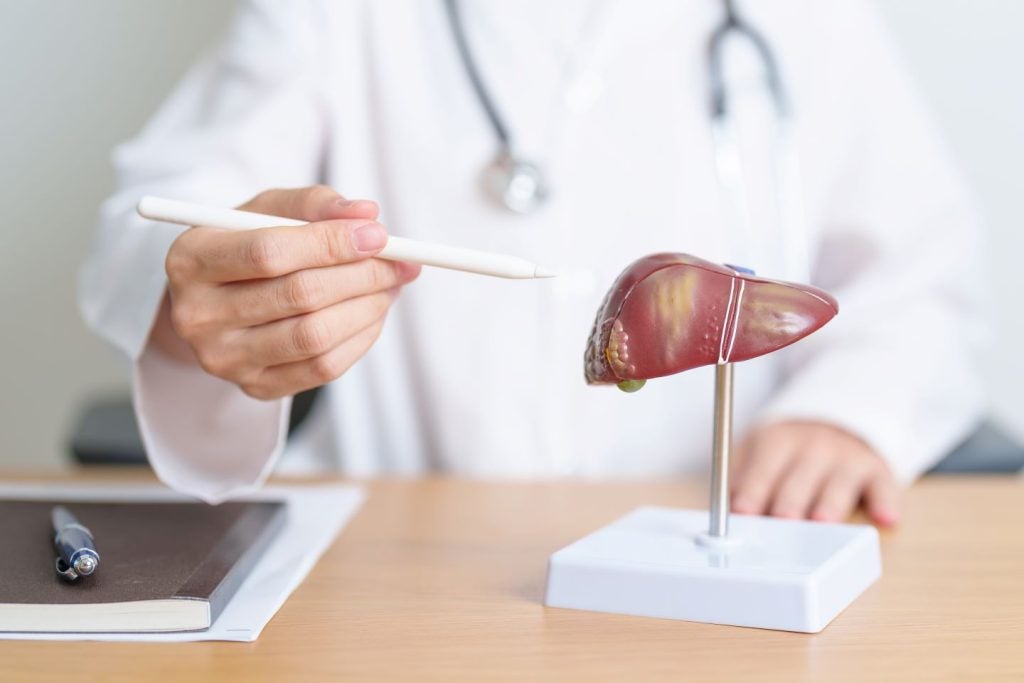Within the European Union (EU), the current regulatory framework for clinical trials remains complex and challenging to navigate. Despite numerous clinical trial directives being introduced since the turn of the century, each EU country has had to integrate various rules and regulations into their own national laws. This has resulted in varying submission requirements, safety reporting requirements, trial classifications and timelines.
For instance, when Directive 2001/20/EC was introduced, the intent was to standardise clinical trial processes within the European Economic Area (EEA). Conversely, various interpretations of the laws, gave rise to an increase in the overall cost of running clinical trials. Crucially, clinical trial applications in the EU fell by 25 percent from 2007 to 2011.[1]
In that time, meanwhile, experts say the process of industry sponsors gaining clinical trial authorisation more than doubled. Most notably, however, there was a stark increase in average start-up timelines for clinical trials – a rise of almost 90 percent (152 days). When factoring in the fact there’s been minimal collaboration between member states, the industry has failed to tap into expert knowledge.
This lack of harmonisation, therefore, prompted the need and mandate for change, resulting in an overhaul of regulatory processes in the EU. As a result, Regulation (EU) No 536/2014, due to come into force in October 2018, will be implemented with the aim of harmonising the conduct of clinical trials across the EU.
For clinical trials testing medicinal products for human use, the new regulation applies to all countries that fall within the EEA and is not a directive, meaning it does not have to be translated into national law. This is important as it lays the foundation for greater harmonisation throughout the EEA, potentially leading to a simplified clinical trial process. Nevertheless, there is still room for additional national requirements and laws. All in all, the EU regulation aims to make the EU/EEA a more attractive place to perform studies while upholding high standards of patient safety.
How well do you really know your competitors?
Access the most comprehensive Company Profiles on the market, powered by GlobalData. Save hours of research. Gain competitive edge.

Thank you!
Your download email will arrive shortly
Not ready to buy yet? Download a free sample
We are confident about the unique quality of our Company Profiles. However, we want you to make the most beneficial decision for your business, so we offer a free sample that you can download by submitting the below form
By GlobalDataSee Also:
The new CT application process
The new regulation promises to overhaul the current application process by introducing an online portal that allows sponsor companies (within the EEA) to submit one application electronically. The prospect of one centralised application process means approval requires one decision from the member state with input from the relevant national competent authority (CA), as well as each country’s respective ethics committees (ECs). Additionally, in the review process, it’s vital ethics committees are involved from the beginning and that their procedures are aligned with all relevant competent authorities. Crucially, the timeline for approval is a minimum 60 days, which is liable to be extended by 31 days in the event additional information is required.[2]
Challenges of implementing new EU Regulation
When the new EU regulation comes into force, it’s fair to assume there will be bumps along the road for all those involved in the CT process. National laws and guidelines as well as additional EU guidelines must be adapted before the regulation is implemented. However, the EU regulation will require an in-depth revision of current processes on the part of sponsors, CROs, ECs, and CAs on the national level. The first submissions under the new legislation will be challenging. Therefore, cooperation among all countries involved in the study is crucial in the event authorities require information from ECs and CAs. Additionally, experts recommend companies should participate in national pilot projects as they are highly important for applicants.
Chances and Opportunities
Despite the challenges, the new regulation introduces a streamlined study approval process. It also and fosters greater harmonization of clinical trials processes across the EEA. Not only are reporting procedures simplified, there is a greater emphasis on improving transparency as results will be published in one central database with detailed and plain language summaries. Ultimately, the new EU Clinical Trials Regulation has the potential to a great step forward for clinical research in European Union. Nevertheless, success will be determined by how it is implemented and carried out. But importantly, it will also require close collaboration between all parties involved.
References
[1] Proposal for a REGULATION OF THE EUROPEAN PARLIAMENT AND OF THE COUNCIL version 17 Jul 2012 [2] New EU CT Regulation, Clinical Trials Toolkit – http://www.ct-toolkit.ac.uk/news/new-eu-ct-regulation-an-interview-with-tanya-symons







